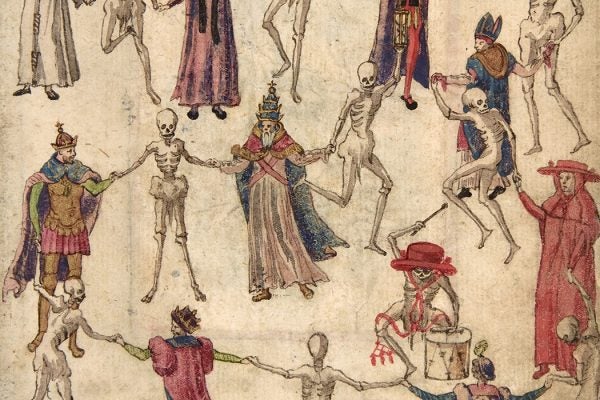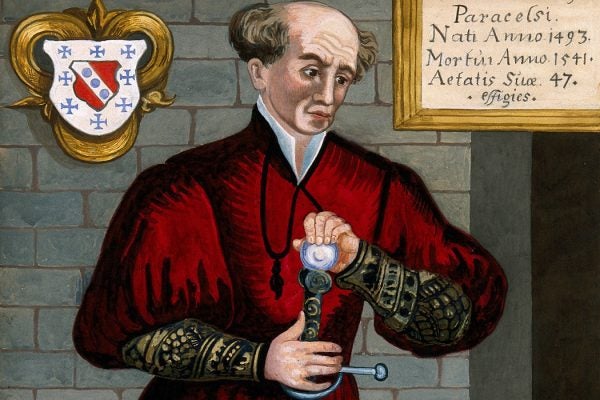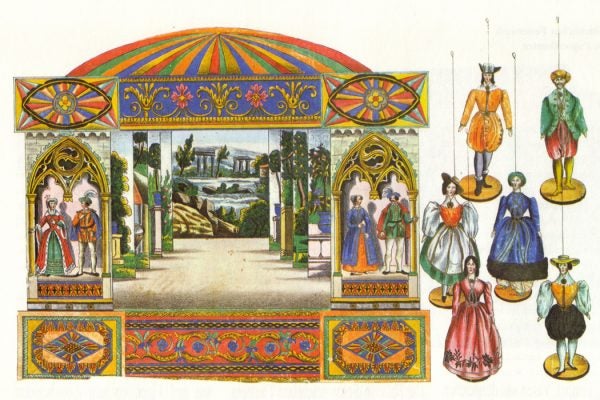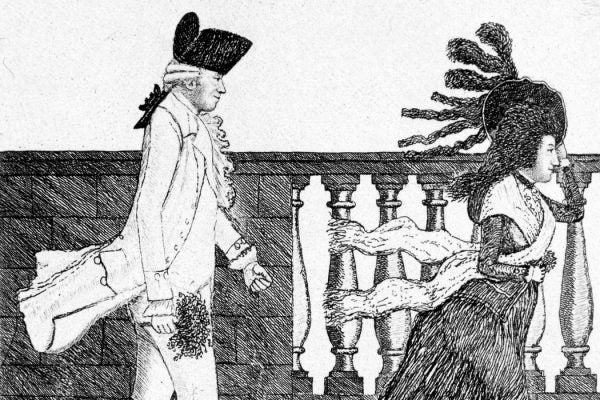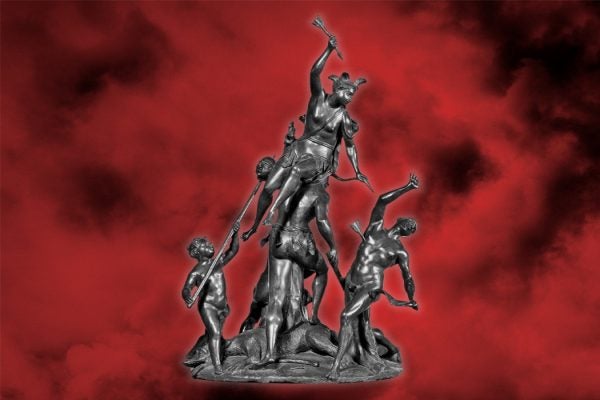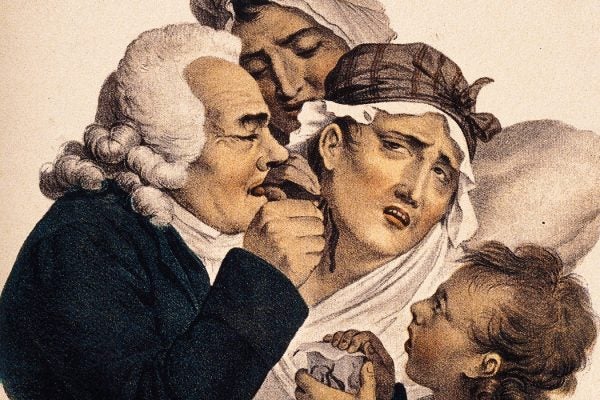A Roman Feast… of Death!
The banquet hall was painted black from ceiling to floor. By the pale flicker of grave lamps, the invited senators coud make out a row of tombstones.
Burn This Book!
Li Zhi’s exasperation with the corruption, greed, and superficiality of the powerbrokers in his society fueled his rebellious writing.
The Occult Remedy the Puritans Embraced
Why did the Puritans embrace a medical treatment that looked suspiciously like black magic?
The Afterlife of Royal Hair
Whether worn as a lovelock or set in elaborate jewelry, the clipped-off hair of Kings and Queens outlived the monarchs themselves.
Paper Theaters: The Home Entertainment of Yesteryear
In the nineteenth century, enterprising toymakers developed a novel way to bring theater into the home.
The Souls of Magnets
Lodestones are dull, lumpy, and slate-gray, but their “magnetic intelligence” made them fabulously expensive.
The Movable Tent Cities of the Ottoman Empire
The most lavish among them were festooned with colorful appliqué and brightened with gilded leather.
The Prince of Quacks (and How He Captivated London)
James Graham, founder of the Temple of Health, benefitted from his undeniable flair for showmanship and his talent for leaping on trends.
These Gravity-Defying Sculptures Provoked Accusations of Demonic Possession
Demons and artists, it seems, pull from the same bag of tricks. They take ordinary matter and transform it into something more wondrous, more terrifying.
Why Did the Victorians Harbor Warm Feelings for Leeches?
Medical authorities wrote about leeches as if they sucked blood out of the goodness of their hearts.


